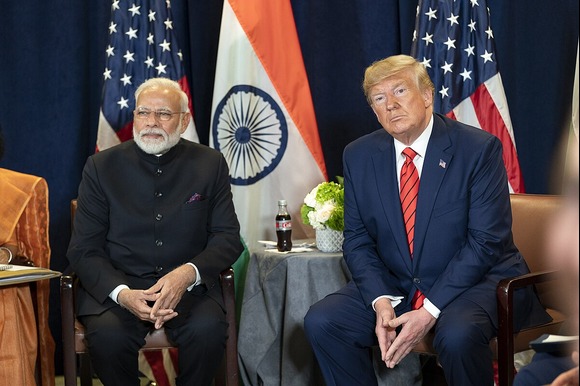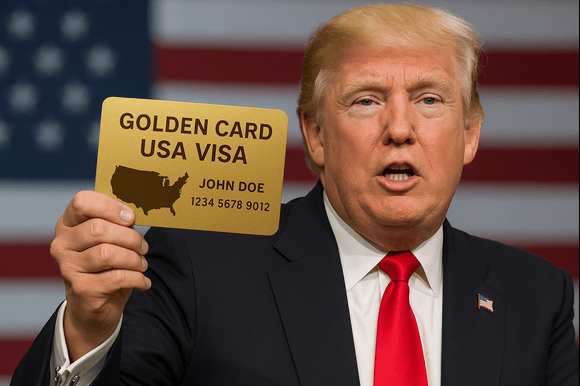
The White House
President Donald Trump has signed an executive order imposing a 25% tariff on Indian imports over the country’s continued purchase of Russian oil, pushing the total tariff on Indian goods entering the United States to a striking 50%—one of the highest tariff rates enforced by the U.S. The new tariff will take effect in 21 days, starting on August 27.
India’s Foreign Ministry quickly issued a response on Wednesday, reiterating its stance on Russian imports and calling the tariff “unfair, unjustified, and unreasonable.” The statement emphasized that India had long made its position clear and described the new tariff as a misstep, pointing out that other countries were also making similar decisions in their national interest. “It is therefore extremely unfortunate that the US should choose to impose additional tariffs on India for actions that several other countries are also taking in their own national interest,” the statement read. It also stressed that India would take “all actions necessary to protect its national interests.”
Trump’s decision comes after his earlier remarks accusing India of being indifferent to the humanitarian crisis in Ukraine. “India doesn’t care how many people in Ukraine are being killed by the Russian War Machine,” Trump had said.
The White House justified the tariff hike in a statement on Wednesday, asserting that Russia’s actions in Ukraine represent an ongoing threat to U.S. national security and foreign policy. The statement explained that India’s imports of Russian oil undermine U.S. efforts to counter Russia’s actions in Ukraine, adding that the U.S. would review oil imports from other nations and may recommend additional measures against countries aiding Russia.
Russia’s oil and gas exports, particularly to China, India, and Turkey, have been a major point of contention in the geopolitical landscape. The tariff escalation follows diplomatic discussions led by Trump’s envoy Steve Witkoff in Moscow on Wednesday, where efforts were focused on finding a peaceful resolution to the Russia-Ukraine conflict.
India’s Foreign Ministry had previously criticized the U.S. threat of higher tariffs over oil imports, calling it “unjustified and unreasonable.” In an earlier statement, Ministry spokesperson Randhir Jaiswal had pointed out that the U.S. itself had encouraged India to import Russian oil at the onset of the Ukraine conflict to help stabilize global energy markets. India, Jaiswal said, was forced to increase its purchases from Russia after traditional suppliers redirected their supplies to Europe due to the war.
This latest tariff threat underscores President Trump’s readiness to use sanctions to enforce his stance on the Ukraine conflict, even against nations that are key U.S. allies and trading partners. It signals that other countries may face similar penalties if Trump escalates these kinds of sanctions following the August 27 deadline. Trump has also indicated that the U.S. could introduce 100% tariffs on countries that continue buying Russian oil, with further sanctions targeting Russia expected by the end of the week.
The U.S. administration has previously imposed secondary tariffs, such as those on countries buying Venezuelan oil. India has long criticized these sanctions, particularly when the U.S. itself has maintained some level of trade with Russia. In 2022, the U.S. engaged in trade worth approximately $3.5 billion with Russia, despite the ongoing sanctions.
While President Trump and Indian Prime Minister Narendra Modi have previously described each other as political allies—having attended rallies and worked together during Trump’s first term—the introduction of these tariffs shows growing tensions between Washington and New Delhi. Analysts predict that the new tariffs could significantly impact India’s exports to the U.S., potentially raising costs and reducing Indian exports by as much as 40-50%, according to the Global Trade Research Initiative (GTRI), a Delhi-based think tank.
Ajay Srivastava, a former Indian trade official and head of GTRI, advised India to remain calm and avoid retaliatory measures for at least six months, noting that productive trade negotiations with the U.S. cannot proceed under conditions of threats or mistrust.




